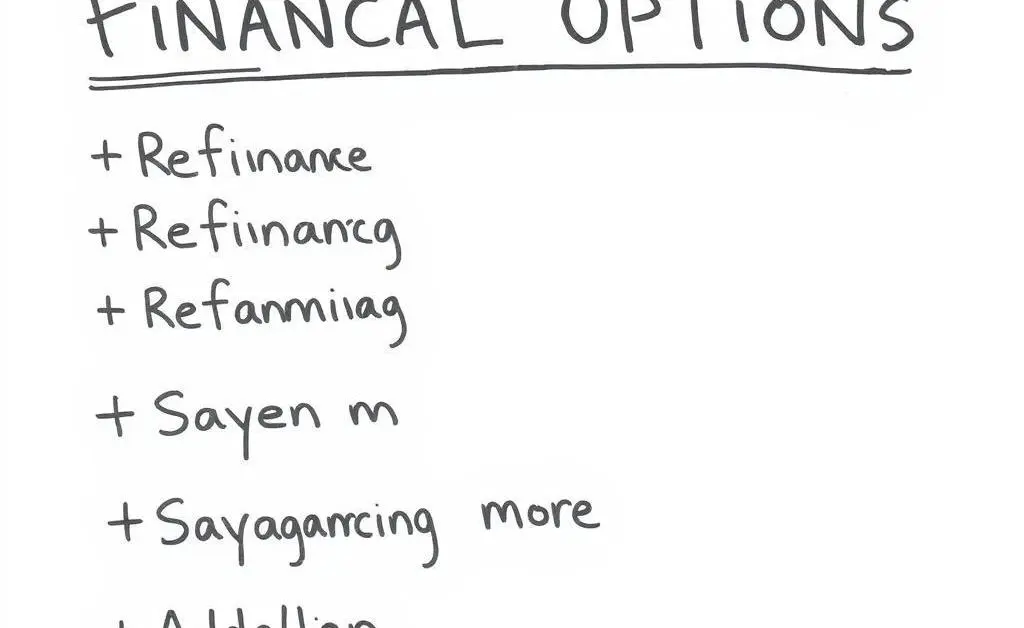What to Do When Your Line of Credit Rate is Lowered
Discover steps you can take if your line of credit rate is lowered unexpectedly.

Picture this: you're sipping your morning coffee, scrolling through your emails, when you suddenly spot a message from your bank. Your heart skips a beat—your line of credit rate has been lowered by 20%. While this might initially sound like good news, it can actually cause a ripple in your financial planning. Let’s explore the steps you can take when such a situation arises.
Understanding the Implications
First, let's dive into what a lowered line of credit rate really means for you. This change can either be a blessing or a cautionary flag, depending on your financial situation. It's crucial to understand both sides to navigate wisely.

Opportunities That Arise
A reduced rate might seem like an opportunity to save on interest payments or to consolidate other higher-interest debts more efficiently. Here, it’s essential to evaluate:
- Debt Consolidation: Can you transfer higher-interest debts to benefit from the lower rate?
- Increase in Borrowing Capacity: Are there other investments or purchases you’ve been putting off?
- Savings on Interest: How much will you save on interest, and how can you redirect those funds effectively?
Potential Concerns
However, there's also the possibility that the lowered rate is a reflection of broader economic pressures, which may be temporary. Assess factors such as:
- Why your rate was lowered and if it will remain that way long-term.
- Whether the change affects your credit score or borrowing terms.
Steps to Take Next
Once the initial surprise wears off, it's time to adjust your financial strategy if necessary. Here are a few steps to consider:
1. Reassess Your Budget
With the potential savings from lower interest rates, it’s worth taking a look at your budget. How can you allocate extra funds? Perhaps there's room for expanding your savings or investing in projects that bring you joy.
2. Consult with a Financial Advisor
Sometimes, a professional perspective can shed light on options you hadn't considered. A financial advisor can help you understand the impact on your broader financial strategy.

3. Stay Informed
Keep an eye on market trends to see if there are more changes on the horizon. Stay proactive about your finances and flexible to adjust plans when necessary.
A Calmer Financial Tomorrow
Finance should be a part of life that supports rather than stresses. How you handle unexpected changes like a lowered line of credit rate can set you up for a more secure and serene future.

In the end, taking these mindful steps can turn what seems like a disruption into a doorway of possibilities. So, the next time you find yourself facing a surprise in your financial inbox, embrace it with curiosity and a touch of wisdom.




